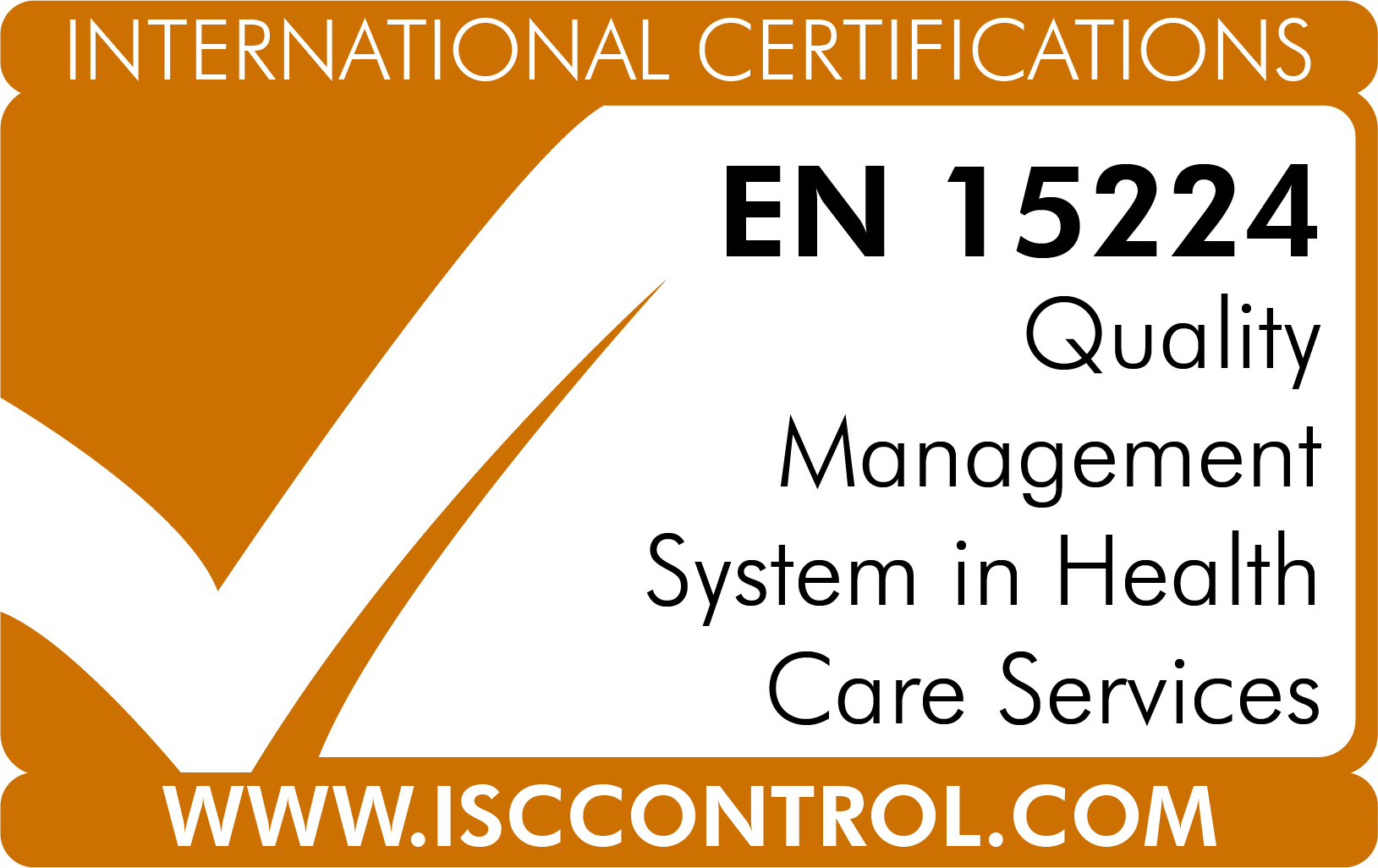CE Marking
What Is CE Marking?
The Conformite Europeenne (CE) Mark is defined as the European Union’s (EU) mandatory conformity marking for regulating the goods sold within the European Economic Area (EEA) since 1985. The CE marking represents a manufacturer’s declaration that products comply with the EU’s New Approach Directives. These directives not only apply to products within the EU but also for products that are manufactured in or designed to be sold in the EEA. This makes the CE marking recognizable worldwide even to those unfamiliar with the EEA.
How Does The CE Mark Work?
A CE Mark is a symbol that must be affixed to many products before they can be sold on the European market. The mark indicates that a product:
Fulfills the requirements of relevant European product directives
Meets all the requirements of the relevant recognized European harmonized performance and safety standards
Is fit for its purpose and will not endanger lives or property
CE Marking
Conformite Europeenne Mark (CE Mark)
The presence of CE marking further indicates that appropriate technical documentation supporting the use of the mark is available and can be provided by the manufacturer, importer, or person responsible for placing the product on the EU market upon request.
Why is ce marking important for you?
CE marking is an important procedure that guarantees product’s conformity to EU regulations. Manufacturers, importers and distributors of non-food products are obligatory to provide the CE marking if they want to trade on EU/EAA markets.
However, not all products are obligatory to have the CE marking. It is related only to products that are mentioned in the Directive(s) and/or Regulation(s). Each Directive and Regulation covers certain product category and, depends on the category an appropriate conformity procedure applies. Selling products without the CE mark is an economic offense that is punished differently by each Member State of European Union. Affixing CE marking on products that do not require the CE can also lead to penalties.
Benefits of ce marking
CE marking brings many benefits, such as:
- The EU introduced the CE marking scheme to make trade easier and cheaper between EU countries. It means that a manufacturer claims that their product conforms to the minimum legal requirements for health and safety as laid down in EU directives.
- The great benefit for manufacturers is that there is now only one set of requirements and procedures to comply with in designing and manufacturing a product for the entire EEA. The various and conflicting national regulations are eliminated. As a result, the product no longer needs to be adapted to the specific requirements of the different member states of the EEA.
- In addition, it may be considered a benefit that by implementing the requirements, the product will be safer for the user and this may also reduce damage and liability claims.
- Additional benefits may include your product being made safer for end-users

